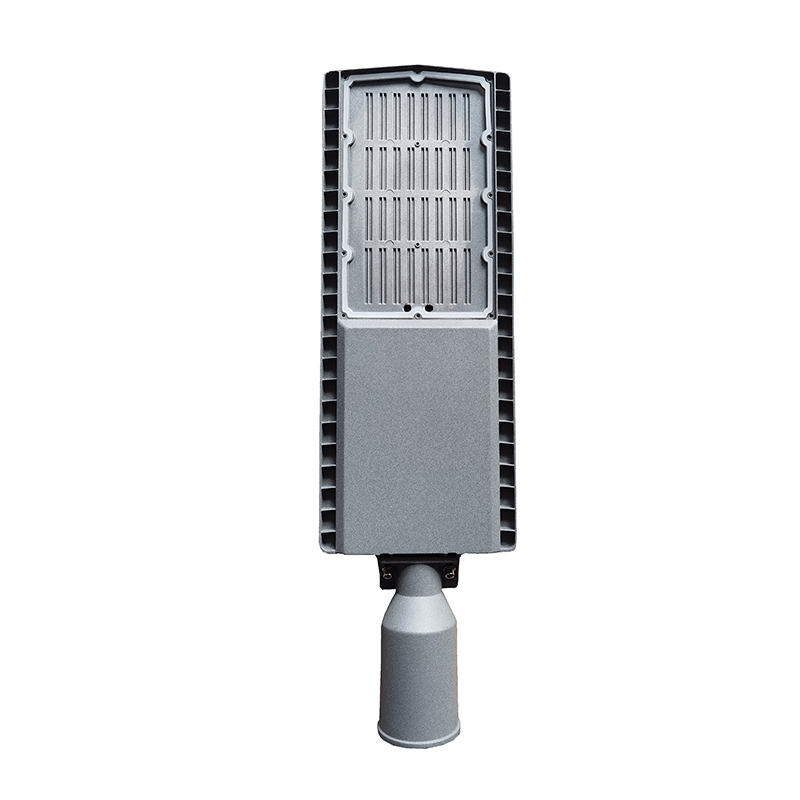Summary:Die casting is a popular manufacturing process used to produce high-precision and complex metal parts. The process involves injecting molten metal int
Die casting is a popular manufacturing process used to produce high-precision and complex metal parts. The process involves injecting molten metal into a mold and allowing it to solidify. Die casting is an efficient and cost-effective method for producing high-volume parts, making it a popular choice for the production of LED housing.
Precision: Die casting provides high dimensional accuracy and precision, which is critical in the production of LED housing.
Complex Geometries: The process allows for the creation of complex shapes and geometries, which is not possible with other manufacturing processes.
Durability: Die-cast metal parts have a high strength-to-weight ratio, making them durable and long-lasting.
Cost-Effective: The high-volume production capability of die casting makes it an economical option for producing LED housing.
Benefits of Die Casting for LED Housing:
Improved Lighting Quality: The precision and accuracy of die-cast LED housing results in improved lighting quality, with more consistent and uniform light output.
Increased Efficiency: The use of die-cast LED housing can result in improved heat dissipation, leading to increased efficiency and a longer lifespan for the LED lights.
Design Flexibility: Die casting allows for the creation of intricate and complex designs, which provides greater design flexibility for LED housing.
Enhanced Aesthetics: Die-cast LED housing can be polished and finished to provide a high-quality, attractive appearance.
In conclusion, die casting is an ideal manufacturing process for the production of LED housing due to its precision, complex geometries, durability, and cost-effectiveness. The use of die-cast LED housing can result in improved lighting quality, increased efficiency, greater design flexibility, and enhanced aesthetics.
